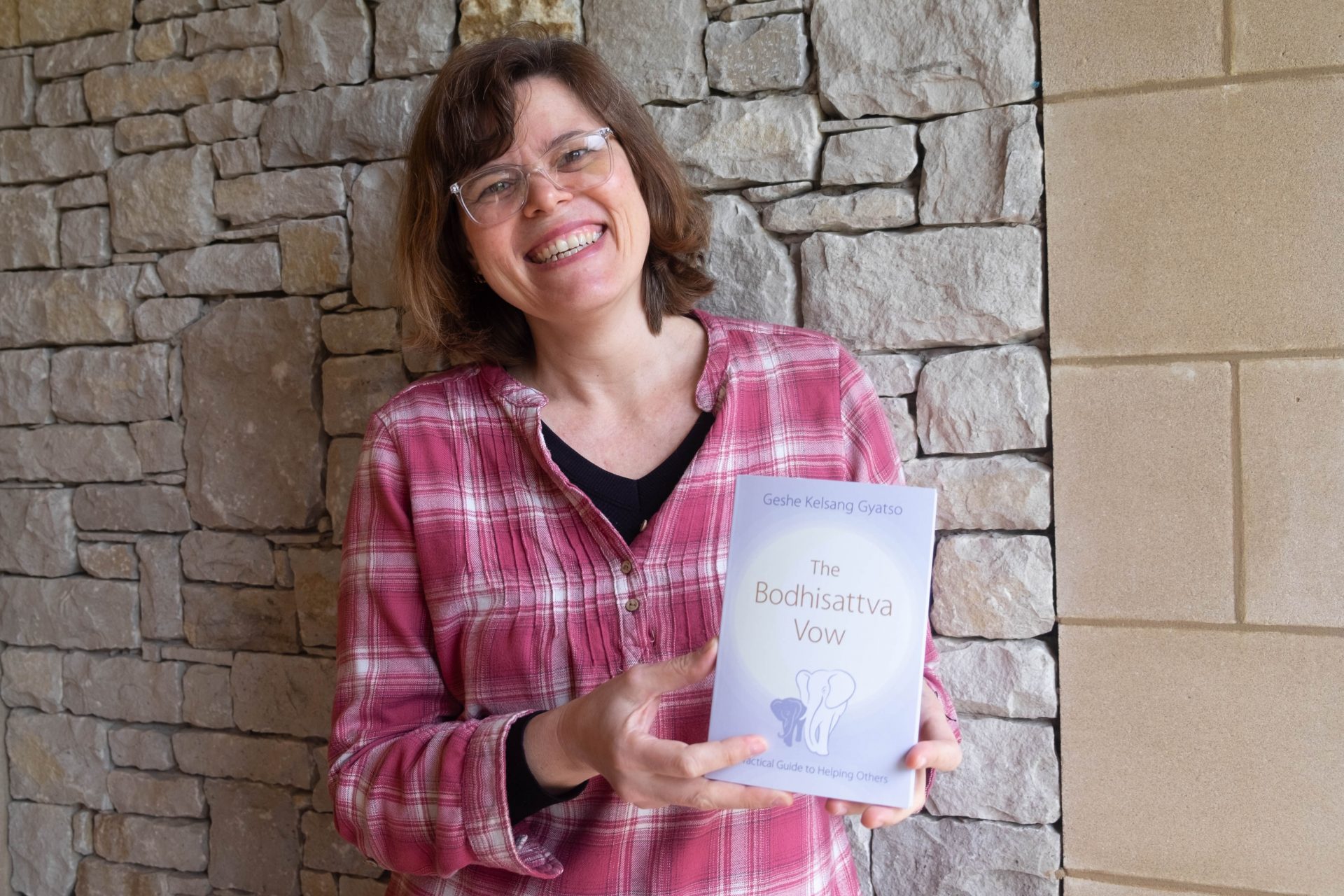3 Practices For Daily Peace for Busy Midlife Women
Midlife for women can be noisy, busy, and exhausting. Yet, as Cara Bradley observes, when we make ourselves available to life, we allow space for peace to unfold in our daily lives. The post 3 Practices For Daily Peace...

This article is independently written and researched by the author, and created in support of a paid partnership between Mindful and Winona.
The common lament, “If only I had more time, I’d have more peace,” resonates deeply with many women, particularly those in midlife.
Often referred to as the sandwich generation, women in middle age are often balancing the care of aging parents, the demands of teenagers, and the pursuit of a career. Understandably, this creates a perpetual struggle for time and tranquility.
In the midst of these challenges, finding the time to engage in practices like mindfulness, yoga, or self-care practices such as reading a book, taking a bath, or savoring a quiet cup of tea often feels like an elusive dream.
To compound matters, the 40s and 50s can bring on the chaos and confusion of menopause, with 87% of those who go through menopause experiencing at least one negative symptom from the ups and downs of changing hormones. This frequently takes us on a wild rollercoaster ride that is anything but peaceful.
Fortunately, a wealth of new recommendations has emerged to better support women navigating this stage of life, offering solutions to alleviate common challenges like menopause-related brain fog, night sweats, and fatigue. While supplements and menopause hormone therapies can effectively mitigate these symptoms, it’s essential to recognize that they alone cannot magically generate more time or more peace.
When life is so busy, we may overlook opportunities to experience peaceful moments that are already present in our lives. In other words, peace may be more accessible than we think: in simple moments of being, between actions, conversations, judgments, and comparisons. When we’re caught up in the busyness and exhaustion of action, conversations, judgements, and comparisons, we might miss moments of genuine calm that could be restorative for us.
Peace, often experienced as a sense of calm, clarity, and stability, is woven into the fabric of existence, waiting to be noticed.
Peace, often experienced as a sense of calm, clarity, and stability, is woven into the fabric of existence, waiting to be noticed. When we make ourselves available to life, peace unfolds—an experience more frequent than we might realize.
Three Practices for Daily Peace
1. Stillness: Stillness is a key ingredient in a peaceful life. Stepping away from the frenetic pace of life allows for deeper breathing and a sense of calm. It’s one of the greatest gifts you can give yourself. Physical stillness is often the best place to start. Step out of the rat race and give yourself permission to stop moving—even if just for a few minutes. You’ll start breathing more deeply almost immediately. Nature provides an ideal backdrop for cultivating stillness. Whether lying in the grass, floating in water, or sitting on a park bench, the tranquility of nature resonates deeply within.
2. Silence: Modern life is often very noisy, and finding moments of silence becomes essential. Taking just five minutes to sit in silence can elicit a profound sense of peace. Similarly, allowing the body to settle into physical silence through solitary activities like walking, exercising, or eating fosters a deeper connection with inner calm. Intentionally reducing external noise by limiting exposure to radios, televisions, and computers further invites peace into daily life. Start to notice where there’s extra noise in or around your life, and see if there are ways you can invite more intentional quiet: for example, turning your phone off during certain times of day, or choosing to go for a walk and not listen to anything on your headphones.
3. Rhythm: Gentle, deliberate rhythms open pathways to peace. Moving in sync with natural rhythms, whether walking, dancing, chopping veggies, or simply tuning in to the sounds of nature, cultivates calm and stability. Watching sunrises or sunsets can be very soothing and can also help reset healthier circadian rhythms for better sleep. Pausing to appreciate the rhythms of the natural world, such as the song of birds or the chorus of crickets, invites peace to emerge from within.
Give it a try. Practice sinking into the soft sense of peace in stillness, silence, and rhythms of your everyday life.
And, the next time you fall into the old pattern of thinking that if I had more time, I’d have more peace, remember that the calm, clarity, and stability you are seeking naturally emerge when you give yourself permission to press pause. Do so often enough and you’ll likely notice how effortlessly peace washes over you, despite the packed schedule and high demands of your busy life.
Adapted from On The Verge: Wake up, Show up and Shine by Cara Bradley

 ShanonG
ShanonG 































